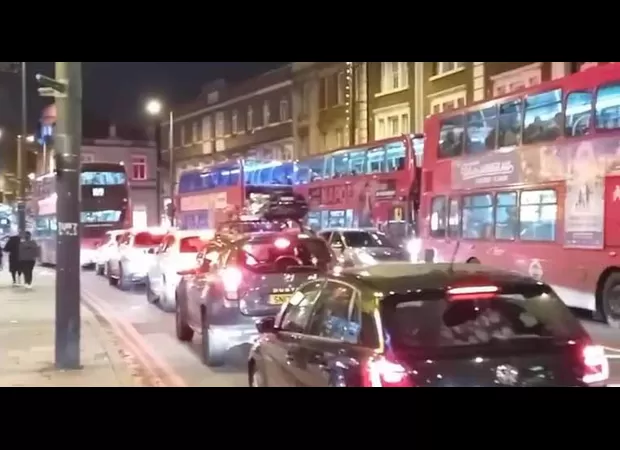A two-hour journey for three miles on a London bus.
Streatham Wells LTN, introduced for an 18-month trial in October 2023, has resulted in traffic congestion.

Streatham Wells LTN, introduced for an 18-month trial in October 2023, has resulted in traffic congestion.
3 Views


